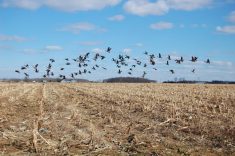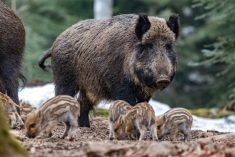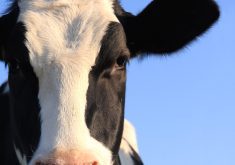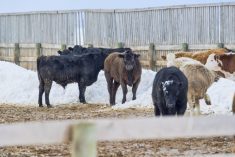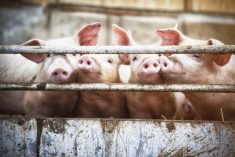Reuters – The world’s leading experts on influenza met the last week of February to discuss the threat posed to humans by a strain of H5N1 avian flu that has caused record numbers of bird deaths around the world in recent months.
The group of scientists, regulators and vaccine manufacturers meets twice a year to decide which strain of seasonal flu to include in the vaccine for the coming winter season, in this case for the Northern Hemisphere.
It is also a chance to discuss the risk of animal viruses spilling over to humans and causing a pandemic. At this week’s meeting, H5N1 was a key topic, the World Health Organization and global flu experts told Reuters.
Read Also

Manitoba Ag Days plans star-studded speaker lineup
Dragons’ Den panellist Arlene Dickinson among speaker series highlight for 2026 Manitoba Ag Days in Brandon, alongside slate of agriculture experts.
“We are more prepared (than for COVID), but even if we are more prepared, we are not yet prepared enough,” said Sylvie Briand, WHO director of global infectious hazard preparedness, before the meeting. “We need to really continue the efforts for a flu pandemic.”
In a briefing after the meeting, she said the recent rise in cases in birds and mammals was “worrying” and that the agency was working with Cambodia after two confirmed human cases of H5N1 were found in one family there.
They are trying to determine if the family members were exposed to the virus through the environment, such as exposure to birds or other mammals, or if there was human-to-human transmission.
Disease experts have raised the idea that the virus would need to change to be conducive to human transmission.
Experts have been tracking this strain of H5N1 since it emerged in 2020 and recent reports of mass deaths in infected mammals from seals to bears, as well as potential mammal-to-mammal transmission on a Spanish mink farm last year, have raised concern.
However, there have been very few human cases, and WHO currently assesses the threat to humans as low.
“This is a natural experiment playing out in front of us, and I don’t think we are complacent,” said Nicola Lewis, director of the WHO Collaborating Centre on Influenza at the Crick Institute in London. Speaking before the meeting, she said it would include assessments of the situation worldwide.



